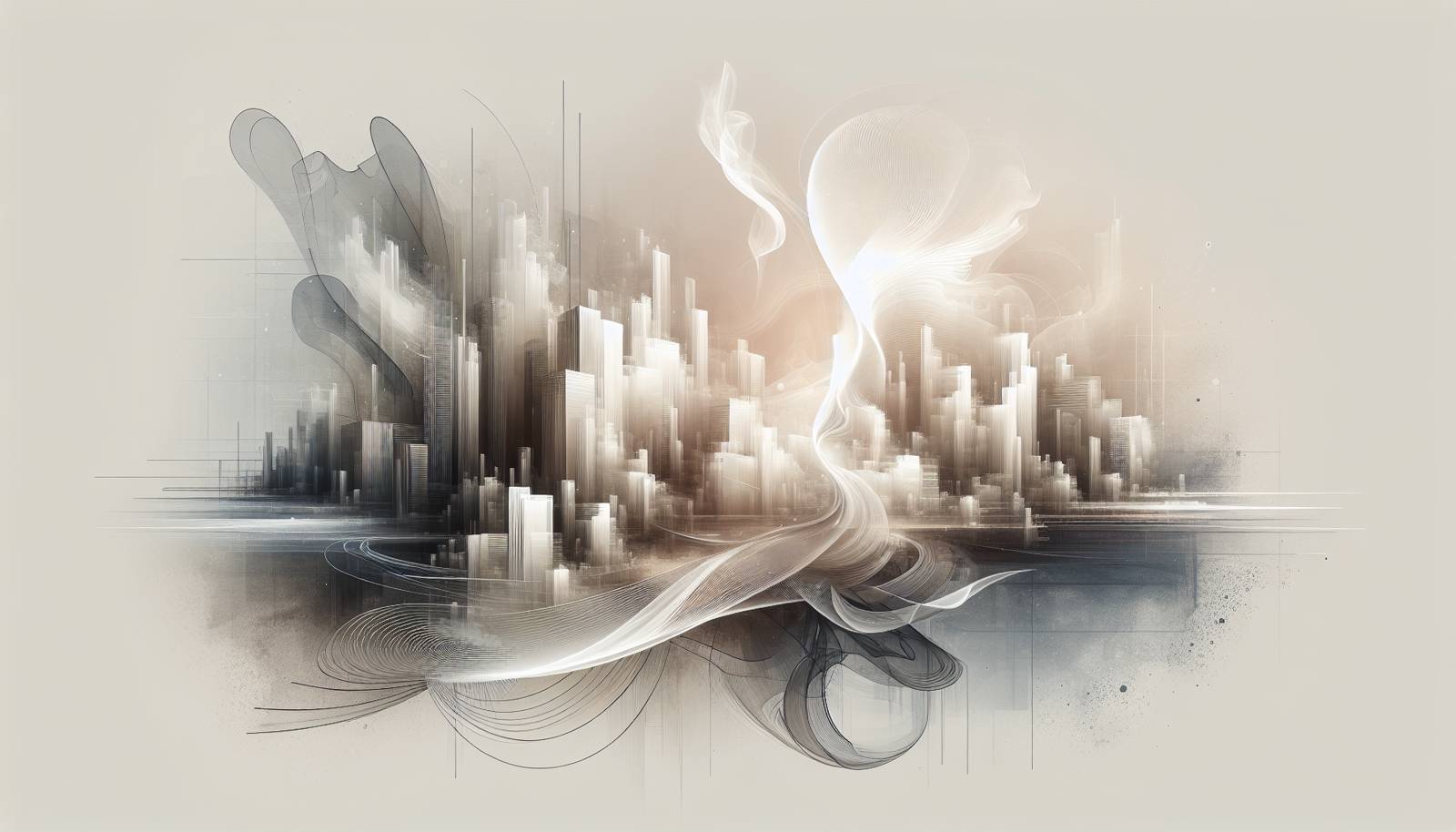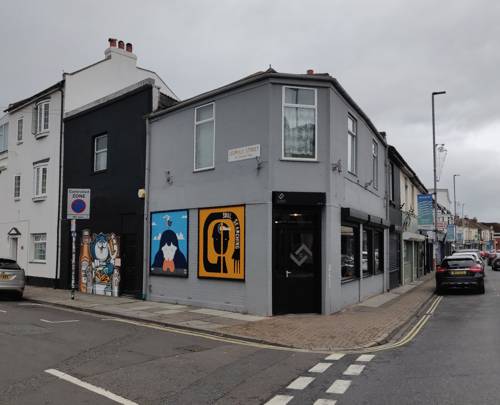
FAQ About The Influence of Art Collectives on Urban Development

What is an art collective?
An art collective is a group of artists who come together to collaborate on projects, share resources, and support each other's creative endeavors. These collectives often work across various disciplines, including visual arts, music, performance, and more, fostering innovation and community engagement.

How do art collectives impact urban development?
Art collectives impact urban development by introducing new creative ideas into the planning process, revitalizing neglected spaces, and creating cultural attractions that draw visitors and new residents. Their projects can enhance the aesthetic and social value of neighborhoods, often leading to economic and cultural growth.

Can art collectives help in the revitalization of neighborhoods?
Yes, art collectives can play a key role in the revitalization of neighborhoods. By fostering vibrant cultural scenes, they attract foot traffic and investment, invigorate local economies, and strengthen community identity through shared cultural activities and projects.

What are some examples of successful art collectives that have influenced urban development?
Examples of successful art collectives include W139 in Amsterdam, which transformed an abandoned urban space into a dynamic cultural site, and the Heidelberg Project in Detroit, which uses art to foster community dialogue and renewal. These initiatives show how art collectives can use creativity to transform and vitalize urban spaces.

How do art collectives engage with local communities?
Art collectives engage with local communities through interactive art projects, public workshops, cultural events, and collaborative initiatives that invite community participation. They often tailor their activities to reflect local heritage and issues, fostering a strong sense of involvement and ownership among residents.

What are the challenges faced by art collectives in urban settings?
Art collectives in urban settings face challenges such as funding constraints, gentrification pressures, and navigating bureaucratic processes for public art projects. They may also encounter resistance from residents who prefer traditional development approaches or face difficulties in aligning their vision with urban planners.

How does the presence of art collectives affect property values?
The presence of art collectives can increase property values by enhancing the cultural vibrancy and attractiveness of neighborhoods. However, this can also lead to gentrification, where rising property prices displace long-standing residents. The challenge is to balance cultural revitalization with inclusive development practices.

In what ways do art collectives foster creativity in city spaces?
Art collectives foster creativity in city spaces by transforming ordinary environments into imaginative and interactive places. Through street art, installations, performances, and public exhibitions, they inspire creativity, encourage public engagement with art, and challenge the conventional uses of urban spaces.

Do art collectives contribute to economic growth in cities?
Art collectives contribute to economic growth by stimulating cultural tourism, creating jobs in the creative industries, and attracting businesses that capitalize on a vibrant arts scene. Their activities can revitalize retail areas and boost spending in local economies through events and exhibitions.

How do city planners collaborate with art collectives?
City planners collaborate with art collectives by incorporating artists into planning processes, seeking their input on cultural projects, and supporting art initiatives that align with urban development goals. Collaborations often involve workshops, joint exhibitions, and consultative events to ensure projects meet both artistic and community objectives.

What role does public art play in urban development facilitated by art collectives?
Public art plays a significant role in urban development facilitated by art collectives by enhancing city aesthetics, fostering community pride, and attracting visitors. It can transform public spaces into cultural landmarks, encouraging interaction and dialogue among residents and tourists alike.

Have art collectives been involved in addressing social issues within urban areas?
Yes, art collectives often engage with social issues by using artistic platforms to raise awareness and spark dialogue around topics such as inequality, climate change, and social justice. Their projects can give a voice to marginalized communities and promote social cohesion through shared artistic expression.

Can art collectives influence zoning and urban policy?
While art collectives primarily focus on creative projects, they can influence zoning and urban policy by forming partnerships with advocacy groups and municipal bodies to champion cultural considerations in planning decisions. Their advocacy can result in policies that support creative spaces and cultural districts.

Why are art collectives important for cultural diversity in cities?
Art collectives are important for cultural diversity because they foster environments where various cultural expressions can thrive. By incorporating diverse artistic styles and perspectives, they enhance the cultural fabric of urban areas and provide platforms for underrepresented voices to be seen and heard.

How do art collectives measure their impact on urban development?
Art collectives measure their impact on urban development through qualitative and quantitative metrics such as community engagement levels, economic indicators, foot traffic to cultural sites, and feedback from participants. Surveys and collaborative assessments with city planners can also provide insights into their contributions.

What is the relationship between art collectives and urban gentrification?
The relationship between art collectives and urban gentrification is complex. While art collectives can beautify and rejuvenate neighborhoods, their presence can unintentionally contribute to gentrification, displacing original residents. Balancing development with community stability is a critical challenge for many collectives.

In which cities have art collectives notably shaped urban development?
Cities like Berlin, London, and New York have seen notable contributions from art collectives in shaping urban development. In these cities, collectives have enacted transformative projects by integrating art into public spaces, influencing neighborhood visions, and fostering cultural vibrancy.

How do art collectives secure funding for their projects in urban areas?
Art collectives secure funding through grants from arts councils, partnerships with local businesses, crowdfunding, and sponsorships from nonprofits and government organizations. Collaborative financial strategies are essential for sustaining long-term projects and ensuring community involvement.

Are art collectives more effective in certain types of urban areas?
Art collectives can be effective in various urban contexts, but they often thrive in areas with supportive communities, existing cultural infrastructure, or specific needs for revitalization. Their success depends on local interest, available resources, and the ability to form strategic partnerships with stakeholders.

What strategies do art collectives use to engage urban youth in their projects?
Art collectives engage urban youth through educational programs, workshops, mentorship opportunities, and youth-centered cultural events. By involving young people in creative processes, they inspire new generations to participate in urban culture and development initiatives.
